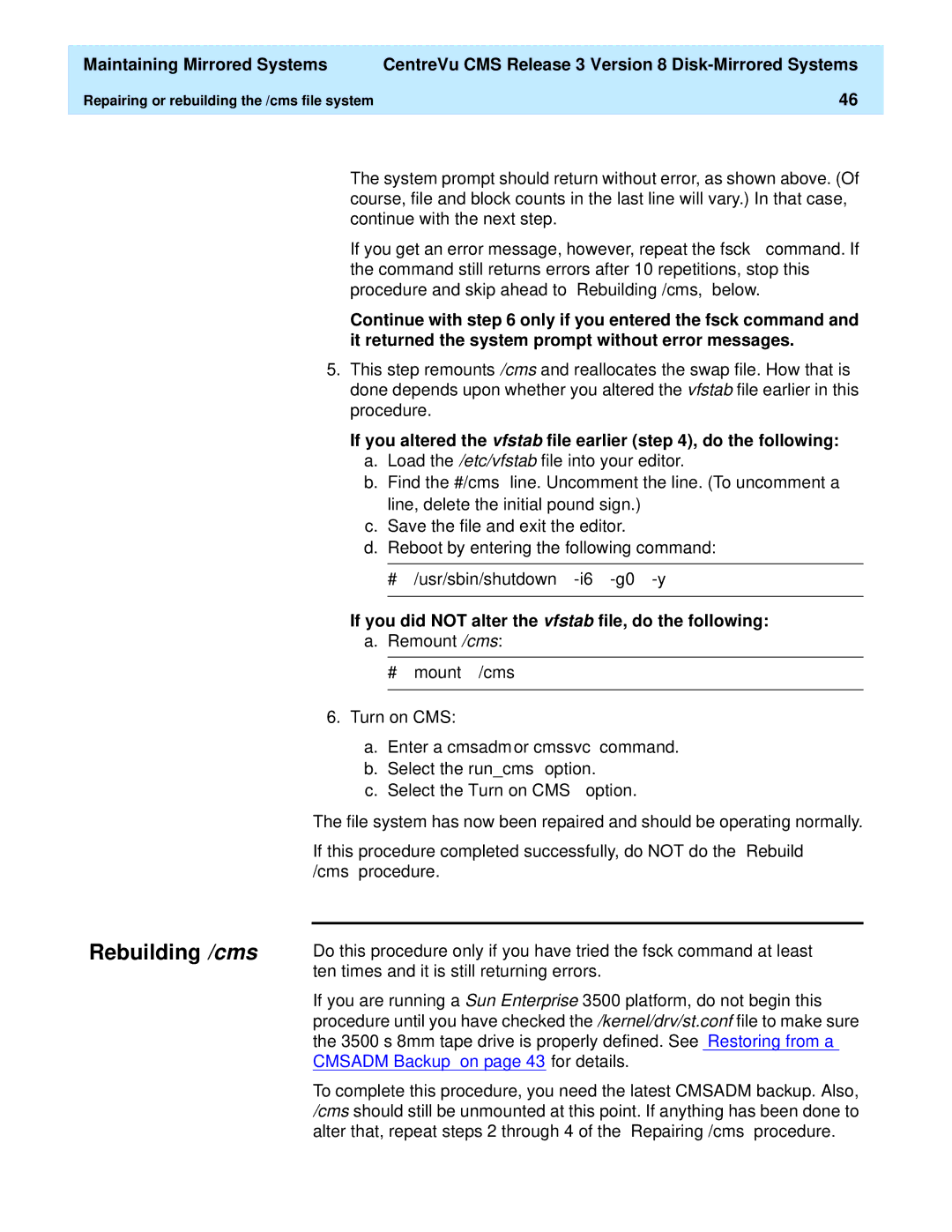585-210-940 specifications
Lucent Technologies, founded in 1996 as a spin-off from AT&T, emerged as a leader in telecommunications, contributing significantly to the advancement of network technologies. The model 585-210-940, an innovative product from Lucent, exemplifies their commitment to providing cutting-edge solutions for communication networks.The 585-210-940 is primarily recognized as a digital cross-connect system (DCS) designed to manage and route digital voice and data traffic efficiently. This system plays a crucial role in facilitating seamless communication by allowing service providers to interconnect different digital circuits and manage bandwidth effectively. One of the main features of the 585-210-940 is its ability to support multiple protocols, which enhances interoperability among diverse communication platforms.
A standout characteristic of this system is its scalability. The 585-210-940 can adapt to growing network demands, making it suitable for both small enterprises and large service providers. This flexibility ensures that users can expand their systems without a complete overhaul, thereby reducing costs and downtime during upgrades. Additionally, the system provides fault tolerance, ensuring high availability and reliability, which are essential metrics for any critical telecommunications infrastructure.
Lucent Technologies also integrated advanced monitoring and management capabilities into the 585-210-940. This feature allows operators to track performance metrics and identify potential issues in real time. The system includes a user-friendly interface that simplifies network management tasks, making it accessible to operators with varying levels of technical expertise.
Moreover, the 585-210-940 is designed to support high capacity, handling numerous channels simultaneously without compromising performance. This capability is particularly beneficial in environments with heavy data traffic, such as urban centers or large corporate hubs.
In conclusion, Lucent Technologies' 585-210-940 serves as a robust solution for telecommunications, encapsulating many of the core innovations of the late 20th century. With its support for multiple protocols, scalability, fault tolerance, and advanced management capabilities, it stands out as an essential component for any modern communication network, reflecting Lucent's legacy in the industry.

